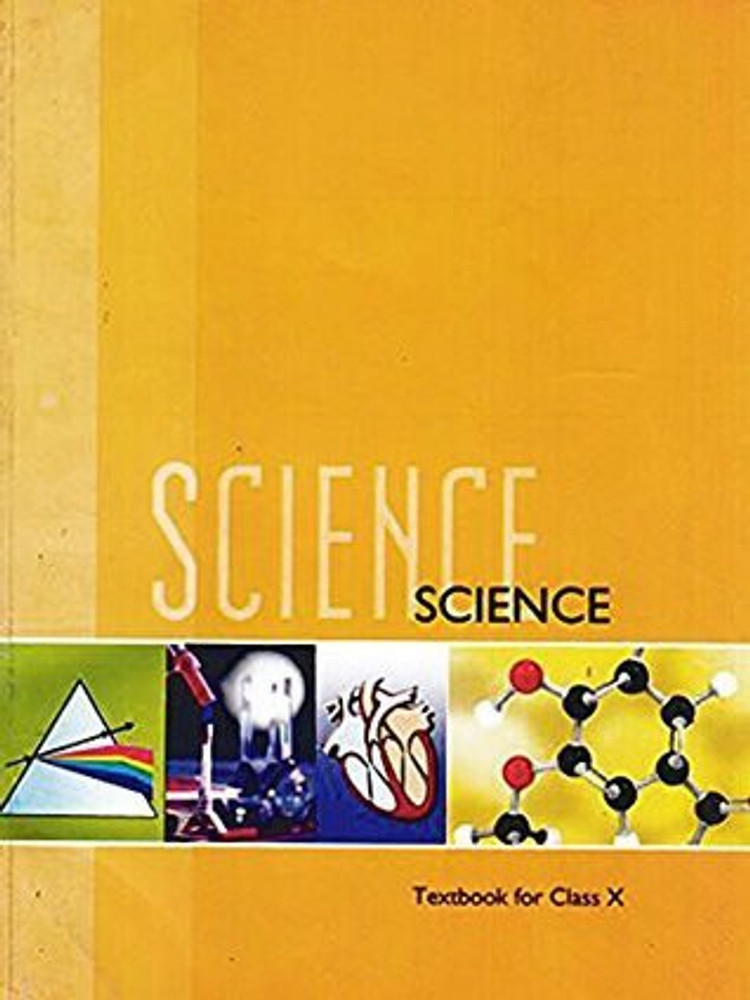New Dual-Reactor Tech Turns CO2 Into Protein for Food and Sustainability
A team of engineers in China has developed an innovative dual-reactor system that converts carbon dioxide into a high-protein product suitable for human and animal consumption. The two-stage process uses microbial electrosynthesis to turn CO2 into acetate, which is then used by bacteria to produce single-cell protein. This system promises a more sustainable and cost-effective approach to food production, with minimal wastewater and operational costs, offering a potential solution to global food and environmental challenges.

A system capable of transforming carbon dioxide into edible protein has been developed by a group of engineers in China. This innovative dual-reactor system addresses two pressing global concerns: the reduction of carbon emissions and the need for sustainable food production. By converting carbon dioxide from the air into a high-protein product, the technology offers a potential solution for feeding a growing population while combating the environmental challenges posed by greenhouse gases.
How the Dual-Reactor System Works
According to the study published in Environmental Science and Ecotechnology, the system operates in two distinct stages. Microbial electrosynthesis is employed in the first stage to convert carbon dioxide into acetate. This acetate acts as a crucial intermediary, which is then introduced into a secondary reactor. In this phase, aerobic bacteria utilise the acetate to produce single-cell protein suitable for human and animal consumption.
Efficiency and Nutritional Value
The system achieved an efficiency rate of 17.4 g/L of dry cell weight, as reported in the study. The resulting protein boasts a concentration of 74 percent, surpassing the protein levels found in soybean and fish meal. Its high nutritional value makes it a viable alternative for both food and feed.
Cost-Effectiveness and Sustainability
As reported by phys.org, the researchers highlighted the minimal pH adjustments required during the process, which reduces operational complexity and associated costs. Additionally, the system generates less wastewater compared to conventional protein production methods, making it cleaner and more economically sustainable.
Implications for Future Food Security
The research team suggested that this dual-reactor technology could significantly contribute to meeting global food demands. It provides a sustainable approach to producing protein while actively reducing atmospheric carbon dioxide levels, marking a step forward in addressing two critical challenges of the modern era.













)






























































